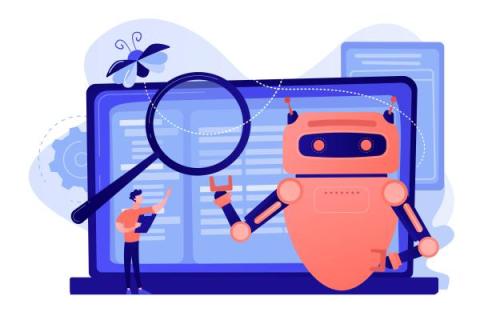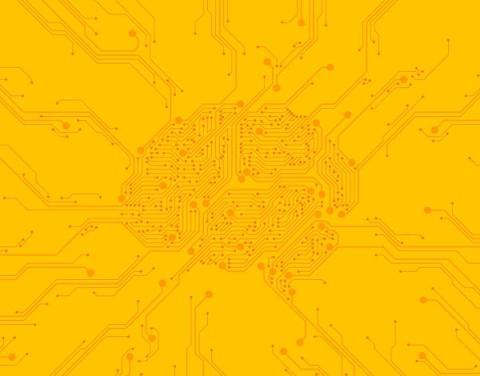Operations | Monitoring | ITSM | DevOps | Cloud
AI
How Generative AI Makes Observability Accessible for Everyone
We are pleased to share a sneak peek of Query Assistant, our latest innovation that bridges the world of declarative querying with Generative AI. Leveraging our large language models (LLMs), Coralogix’s Query Assistant translates your natural language request for insights into data queries. This delivers deep visibility into all your data for everyone in your organization.
re:Invent 2023 day 2 recap
We had the opening keynote by Adam Selipsky. If you missed the live stream, you can watch it on YouTube here. Unsurprisingly, so much of the keynote was about AI.
Automate insights-rich incident summaries with generative AI
Does this sound familiar? The incident has just been resolved and management is putting on a lot of pressure. They want to understand what happened and why. Now. They want to make sure customers and internal stakeholders get updated about what happened and how it was resolved. ASAP. But putting together all the needed information about the why, how, when, and who, can take weeks. Still, people are calling and writing. Nonstop.
Anodot FinOps Roundtable - From Cost Control to AI driven FinOps
Using Honeycomb for LLM Application Development
Ever since we launched Query Assistant last June, we’ve learned a lot about working with—and improving—Large Language Models (LLMs) in production with Honeycomb. Today, we’re sharing those techniques so that you can use them to achieve better outputs from your own LLM applications. The techniques in this blog are a new Honeycomb use case. You can use them today. For free. With Honeycomb.
Build Operational Resilience with Generative AI and Automation
For modern enterprises aiming to innovate faster, gain efficiency, and mitigate the risk of failure, operational resilience has become a key competitive differentiator. But growing complexity, noisy systems, and siloed infrastructure have created fragility in today’s IT operations, making the task of building resilient operations increasingly challenging.
Building Exceptional Products: Almaden's Approach
In today's dynamic world of technology and innovation, building products that resonate with customers and stand the test of time is no easy feat. At Almaden, we've cultivated a unique, Customer-Centric Product Design, approach to product development that prioritizes the customer's perspective over mere technological prowess. In this blog post, we'll delve into the core principles that drive our product development process, emphasizing the importance of understanding objectives, agile methodologies, and the modern tools we use to bring our ideas to life.











